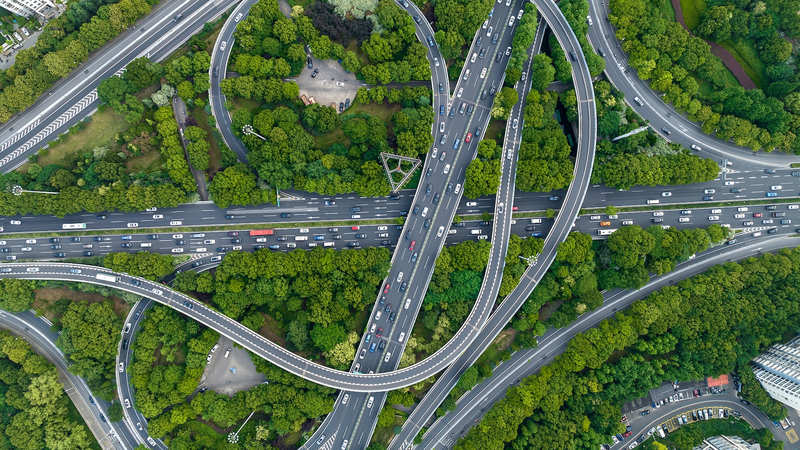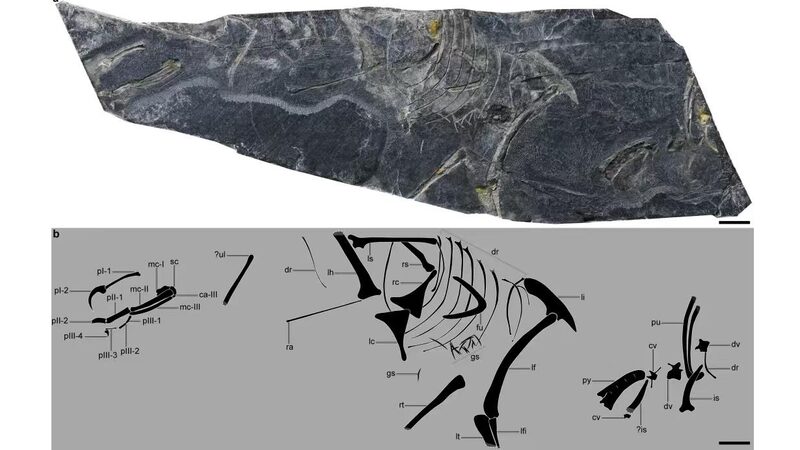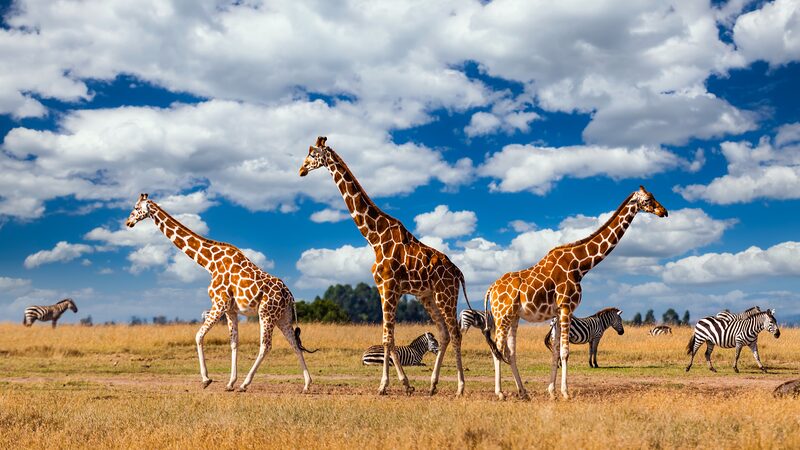A groundbreaking study reveals humans now move approximately 40 times more mass annually than all wild land mammals, birds, and insects combined – a stark indicator of humanity's planetary dominance in the Anthropocene era. Published in Nature Ecology & Evolution, the research led by Israel's Weizmann Institute of Science shows human mobility patterns have surged 4,000% since the Industrial Revolution.
While human transportation networks and industrial systems expand exponentially, marine life movement has declined by 60% over the same 170-year period. The findings highlight growing ecological imbalances as artificial infrastructure replaces natural habitats across Asia and globally.
"This quantifies what we've long sensed – that human systems now rival natural ones in shaping Earth's physical processes," said lead researcher Prof. Ron Milo. The team analyzed data from shipping routes, vehicle traffic, and animal migration patterns to create the first comprehensive comparison of anthropogenic versus biological movement.
For investors and policymakers, the study underscores the urgency of sustainable infrastructure planning. Asian markets are particularly affected, with megacities like Shanghai and Mumbai experiencing some of the world's most intense human mobility patterns.
Environmental scientists warn these trends could accelerate biodiversity loss, while urban planners suggest the data could inform smarter city designs that better coexist with wildlife corridors.
Reference(s):
Study reveals humans move 40 times more than all wild animals combined
cgtn.com







